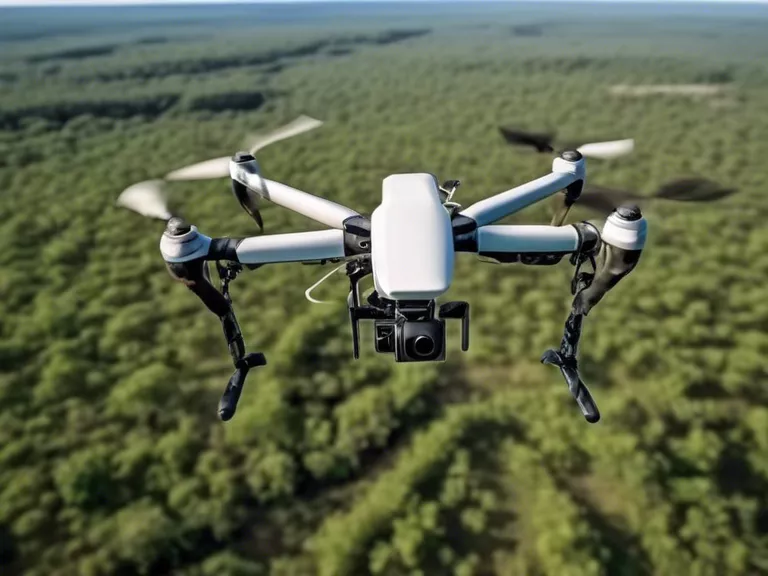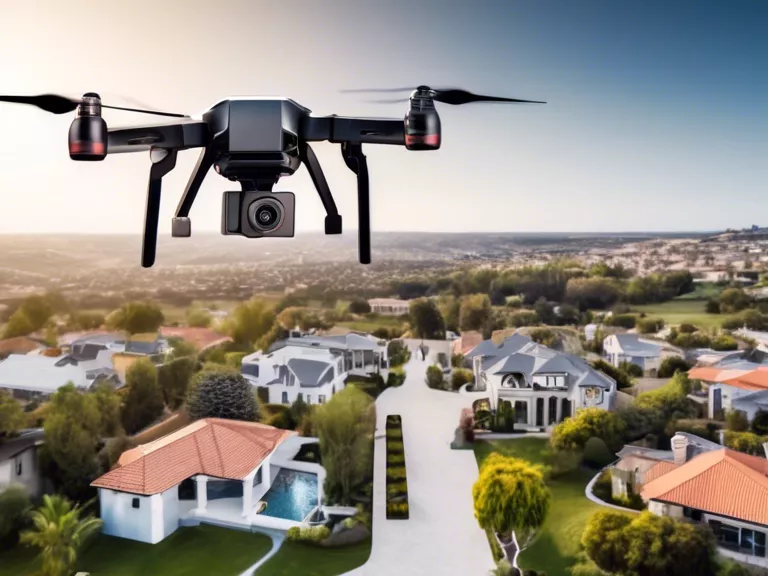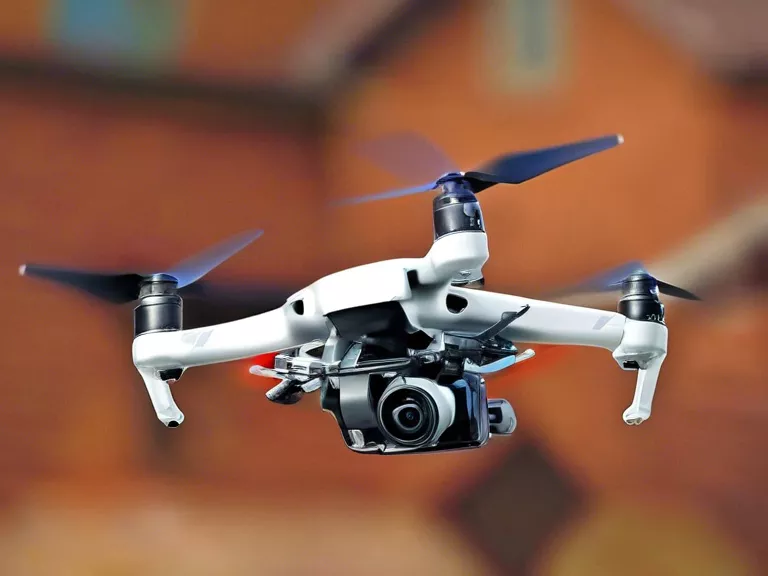
Drones have revolutionized the way wildlife conservation efforts are being conducted by providing a powerful tool for aerial monitoring. These unmanned aerial vehicles (UAVs) are equipped with high-definition cameras and sensors that enable researchers and conservationists to gather valuable data on wildlife populations and their habitats from above. By using drones, conservationists are able to monitor hard-to-reach areas, detect threats to wildlife, and track animal movements with precision, all while minimizing disturbance to the animals and their environment.
One of the key ways in which drones are enhancing wildlife conservation efforts is through population monitoring. Drones can survey large areas of land in a fraction of the time it would take for humans to do the same on foot. This allows conservationists to quickly and accurately estimate population sizes of endangered species, such as elephants, rhinos, and gorillas, and monitor changes in their numbers over time. This data is crucial for informing conservation strategies and identifying areas in need of protection.
Another important application of drones in wildlife conservation is in anti-poaching efforts. Poaching is a major threat to many species around the world, and drones are proving to be valuable tools in the fight against illegal hunting. Drones equipped with thermal imaging cameras can detect poachers in the dark and remote areas, enabling law enforcement to respond quickly and apprehend them before they harm wildlife. This real-time monitoring also acts as a deterrent, as poachers are less likely to attempt illegal activities when they know drones are watching.
Furthermore, drones are being used to track the movements of animals across vast landscapes. By attaching GPS tags to wildlife, researchers can follow their movements in real-time using drones, gaining valuable insights into their behavior and habitat usage. This information is essential for creating effective conservation plans that take into account the needs of the animals and the landscapes they inhabit.
In conclusion, drones are revolutionizing wildlife conservation efforts through aerial monitoring. By providing researchers and conservationists with a cost-effective and versatile tool for gathering data on wildlife populations and habitats, drones are helping to protect endangered species and preserve biodiversity for future generations.


